WHAT ARE IVY LEAGUE UNIVERSITIES
A Look at the Ivies

For a non-US international looking to study in the United States, the American Dream loosely translates to getting accepted into an Ivy League University, thus beginning their foray into the world’s largest economy.
But what exactly are these? A common misconception is that the term ‘Ivy League Universities’ refers to the best universities in the US, which is incidentally true, but the name actually has more to do with sports than academics.
The Ivy League Universities are basically an athletic conference at the American collegiate level, comprising of the sports teams of eight private Colleges on the East Coast, or more specifically, the Northeastern United States, formed in 1954.
The eight colleges, discussed at length in the latter part of this blog, are Brown University, Columbia University, Cornell University, Dartmouth College, Harvard University, University of Pennsylvania, Princeton College and Yale University.
These Ivy league universities consistently rank among the best in the country, and the world, with Harvard being the dream destination for a lot of university aspirants.
These universities also tend to have the highest endowments of any educational institutions in the world, owing to their rich history and an extremely close-knit alumni network of highly successful individuals from various fields.
As a result of this, they are able to provide their students with unparalleled resources to maintain their tradition of excellence.
The origins of the term ‘Ivy League’ can be attributed to the fact that many of these universities, dating to colonial times (except Cornell, which was founded just after the Civil War), had a tradition of graduating classes planting ivy at the university buildings.
These traditions came up simultaneously, yet independently in many of these universities, and the planting ceremony was usually accompanied with a speech or oration of sorts.
As is the case with any storied institution, folk legends sprung up around the origin of the name, with the most popular one being that the name is actually the Roman numeral for four (IV), implying that there existed a sports league of four universities.
This fabled league is supposed to be over a century older than the actual league and consists of Harvard, Yale, and Princeton, with the fourth member varying with each retelling of the story.
Let’s take a look at each of the list of Ivy league colleges one by one, detailing the courses offered, fees charged, most famous alumni, key achievements throughout their history and the impact they have had on education in the United States, and in the world.
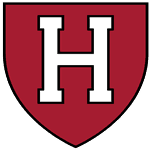
Harvard University
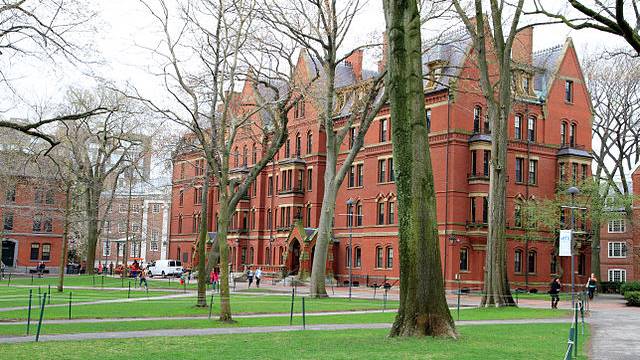
Starting with the juiciest apple in the crate, Harvard University is hands-down the most well-known educational institution in the world. It retained the pole position in the Times Higher Education rankings again in 2018, for the eighth consecutive year.
Named after its first benefactor, John Harvard, it is the oldest institution for higher education in the United States, being established in 1636 in Cambridge, Massachusetts, over 140 years before the country gained its independence.
The fabled halls of this storied institution see over 21,000 students enrolled, and more than twenty times that number of living alumni spread across 203 countries.
There are 10 faculties offering undergraduate and graduate level programs in fields ranging from professional fields like law, medicine and business to degrees in liberal arts and social studies, in addition to the Radcliffe Institute for Advanced Study, which brings together stalwarts from the arts, humanities, sciences and social sciences.
Being a private university, it is more expensive than many well-ranked public universities in the United States, with the total cost for Harvard College for the year 2018-19 without financial aid is $67,580, for tuition, room, and board.
If this amount scares you, worry not, for 55% (this could well include you) of Harvard College students receive some sort of need-based financial aid, with this year’s average grant being roughly $53,000.
The university has produced 48 Nobel laureates, 8 Presidents of the United States, 24 other heads of states and 48 Pulitzer Prize winners. In addition to this, 110 other Nobel laureates have had some sort of affiliation to Harvard, in various capacities as alumni, current professors, research scholars or visiting or adjunct faculties.
If you are the sort who believes that they are destined for much bigger things than the general populace, Harvard will be the perfect launching pad for your attempt to shoot for the stars.
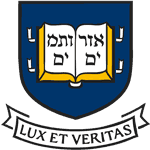
Yale University

Just like every Microsoft has an Apple, every Coke needs a Pepsi and every Batman has a Superman, so does Harvard have Yale. Although it was ranked 7 places below its nemesis, at 8thposition in the Times Higher Education rankings for this year, Yale remains to be the top destination for many students across the world.
Its founding year of 1701 as a collegiate school started by a group of Calvinist missionaries makes it the third-oldest institute of higher education in the United States.
The name was officially changed to Yale College to honor Welsh merchant and British East India Company governor Elihu Yale, who donated generously to the school as it moved to New Haven, Connecticut.
The current year saw an intake of 16,774 students across undergraduate, graduate and special degree programs, with students enrolled from 118 nationalities.
There are 14 schools offering a host of programs at the undergraduate and graduate level across a wide spectrum from the law, business, medicine, music, and drama.
The school is again fairly expensive, costing $67,480 for tuition, room, and board for 2018-19. Needless to say, it offers need-based financial aid to a healthy percentage of applicants to promote inclusiveness across class categories.
If you do decide to apply (and get in), you’ll join a list of 61 Nobel laureates, 5 Presidents of the United States, 5 US Supreme Court Justices and 6 other heads of states whom the university is proud to call its own.
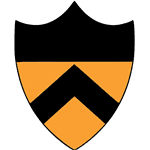
Princeton University
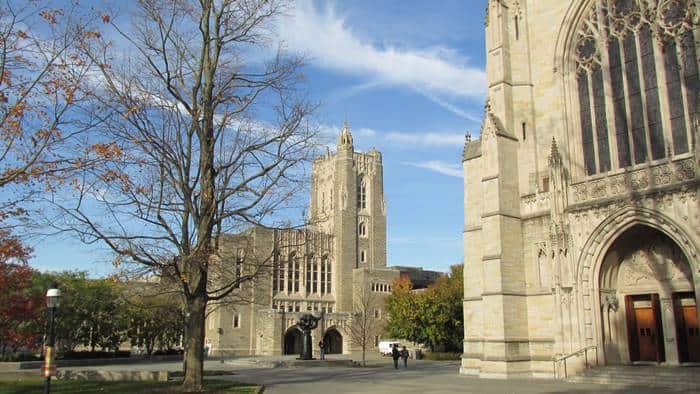
Often overshadowed by it’s two illustrious Ivy League Universities mentioned above in public perception, Princeton is considered to be at par with the two by people in the know.
In fact, it has consistently beaten Yale in all major ranking surveys across all parameters for many years now. Ranked 7th in the Times Higher Education world rankings for 2018, Princeton is one of the best colleges in the world to study in and has vied for the top position in US university rankings with Harvard.
Founded in 1746 in the town of Elizabeth, it was initially known as the College of New Jersey. It moved to Newark a year later, and then finally to its current site in Princeton, New Jersey nine years later.
The fourth-oldest institution of higher education in the United States, it was renamed to Princeton University only in 1896.
Although Harvard has the distinction of having the largest endowment for any educational institution in the world, it is Princeton that holds that impressive record when compared by endowment per student, as it takes just a shade over 8,000 students per year, in various disciplines spread across 13 departments that include the sciences, social sciences, humanities, engineering, and medicine.
The school costs more than both Harvard and Yale, with the expected cost for 2019-20 being $73,450, inclusive of tuition, lodging and boarding. Average financial aid to the tune of $53,100 dollars was offered to students on the basis of their needs.
At the time of writing this article, Princeton had produced 65 Nobel laureates, 2 U.S Presidents, 12 U.S Supreme Court justices, in addition to 15 Field medalists and 13 Turing Award laureates. Although he was not on the faculty, Albert Einstein has strong ties to the university as a result of his frequent visits and lectures.
Think of that if you’re still having doubts about applying, you’ll be walking the same halls in which arguably the smartest man in history did!
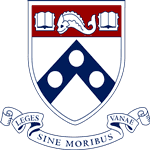
University of Pennsylvania
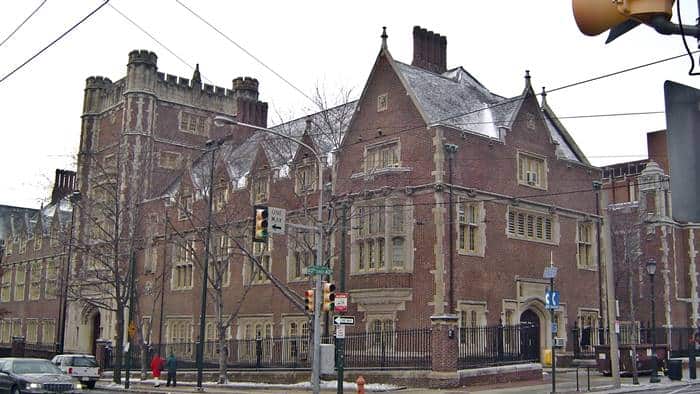
Founded in West Philadelphia by Benjamin Franklin as a private research university in 1740, the University of Pennsylvania (commonly referred to as Penn) considers itself to be the fourth-oldest institute of higher education in the United States, a claim that is contested by both Princeton and Columbia.
The university also claims to be the first university in the United States to provide both undergraduate and graduate states. It was ranked the world’s 16th-most reputed University by the Times Higher Education rankings, and features in the top 10 universities in the United States.
Penn was one of the first American universities to pioneer the multidisciplinary model as seen in several European colleges, and made significant breakthroughs in the evolution of education with forming the first business school in the US (Wharton), first school of medicine in North America (Perelman School of Medicine) and the first student union building and organization in the United States.
With over 21,000 students enrolled, the University of Pennsylvania has been one of the most sought-after institutes since its inception. It has 11 schools offering a wide range of graduate and undergraduate programs from all streams like law, business, medicine, arts and sciences.
The average cost of attendance, according to the official website of the university is $74,315, which covers tuition, lodging and boarding. As is the case with most Ivy League universities, Penn offers significant need-based financial aid, which came out to be an average of $49,401 last year.
Although Penn has only one US President to show for as compared to the other three Ivy League Colleges mentioned, it does have the unique distinction of having 8 signers of the United States Declaration of Independence.
In addition, the University has produced 14 heads of states and 3 United States Supreme Court Justices while also being affiliated with 35 Nobel laureates.
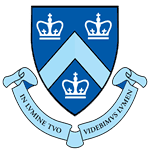
Columbia University
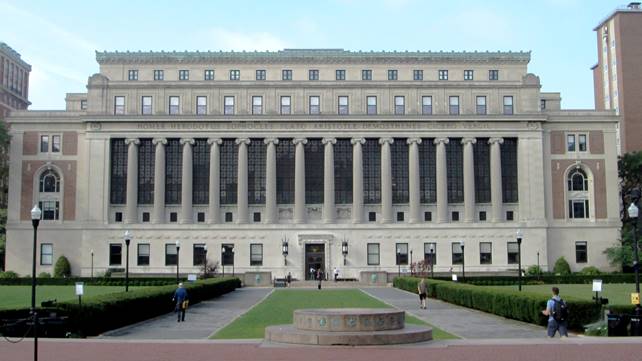
For us outsiders who have viewed the US of A only through the lens of movies and popular culture, life in an American city automatically translates to living in New York. Any firm, company or restaurant is said to have made it big in America only when it opens its first office/store in Manhattan.
For all those F.R.I.E.N.D.S, Seinfeld and HIMYM fans who have dreamed of living in the Big Apple while also studying at a top-tier school, there’s Columbia.
An Ivy League university ranked 12th in the world in the Times Higher Education rankings, Columbia was established as King’s College in 1754, and was affiliated to the Church of England.
The fifth oldest institute of higher learning in the United States, and the oldest in New York, it was formed by royal charter of George II as a reaction to the establishment of Princeton in New Jersey. It was renamed to Columbia College following American independence, and further to Columbia University in 1896.
It offers a wide range of degrees at both the undergraduate and graduate level, and was the first university in the United States to confer the M.D degree. It typically has the highest intake among the Ivy Leagues Universities, with 22,900 students currently enrolled.
The University charges around $70,800 for admission, which covers tuition, boarding and lodging. Over 52% of freshmen receive financial aid of some sort, with the average aid-package being $43,750 per student.
Columbia is a highly storied institution that has produced 5 Founding Fathers of the United States, 96 Nobel laureates, 3 Presidents of the United States, 29 other heads of state and 10 Justices of the United States Supreme Court. The University also administers the prestigious Pulitzer Prize every year, having produced 125 winners itself.

Brown University
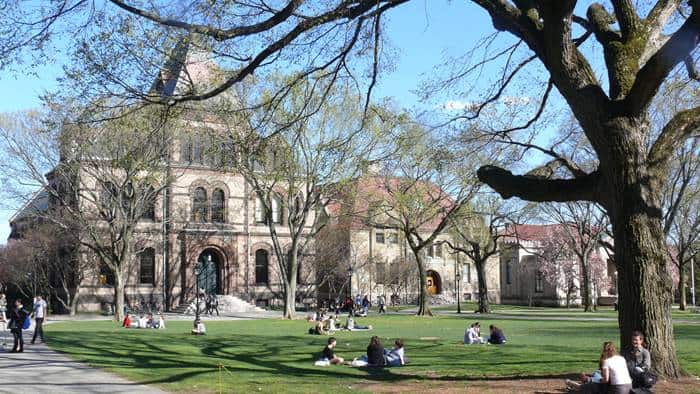
Brown University is the seventh-oldest institution of higher learning in the United States and was established in 1764 in Providence, Rhode Island. Now before you dismiss it for the location, which, we agree, is not as flashy as New York, keep in mind that the university has a rather impressive history.
It was founded as a non-sectarian college, which might not seem like a big deal today, but it was the first college in the United States to accept students regardless of their religious affiliation.
It continued its tradition of being the torchbearer of liberalism when after a period of considerable student lobbying, it adopted the New Curriculum in 1969 which did away with mandatory general education requirements and gave students the freedom to take up any course for a grade, making them architects of their own syllabus.
Brown has an acceptance rate of only 7.2% and has 8,649 students currently enrolled. It has an endowment of $3.5 billion for 2017, which is the least among the list of Ivy League universities.
The university comprises the College, offering undergraduate programs, and five graduate schools offering programmes in engineering, medicine, and other professional studies.
The average fees for an undergraduate degree from Brown is $70,226, which includes around $55,500 worth of tuition as well as roughly $15,000 for room and board. An average financial aid package consists of $47,228, and is given on a need basis to 43% of freshmen.
8 Nobel laureates have been affiliated with the university, in addition to a Supreme Court Chief Justice and 21 Pulitzer Prize winners.
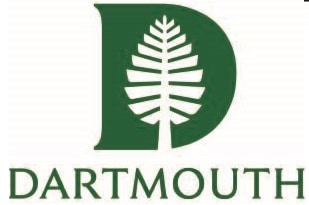
Dartmouth College
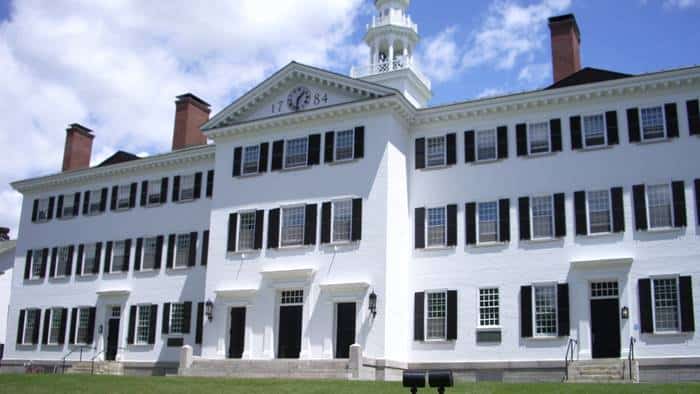
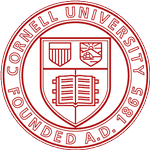
Cornell University
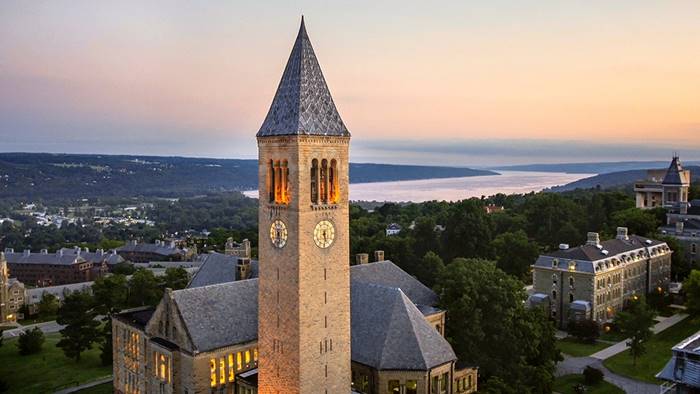
Conclusion
So that was all about the Ivies. While there are other schools that are just as brilliant, like Stanford, UCLA, Caltech and MIT, the allure of the Ivies is something that draws countless students towards these eight fabled institutions.
What started out as a football association has transformed into a term that signifies a sense of excellence and exclusivity, which critics argue that festers elitism and snobbishness.
Nonetheless, getting admission into one of the Ivy League Universities is a common dream shared by hundreds of thousands of college aspirants across the globe.